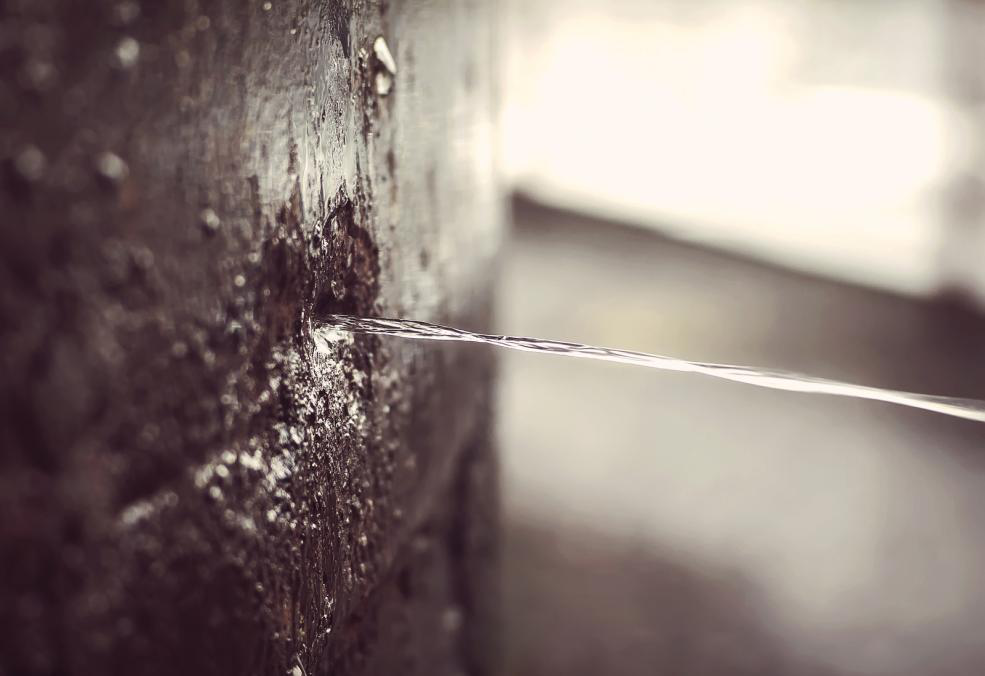How to Locate and Fixing Water Leaks-- A Comprehensive Overview
How to Locate and Fixing Water Leaks-- A Comprehensive Overview
Blog Article
How do you really feel about Detecting hidden plumbing leaks?

Early detection of dripping water lines can mitigate a prospective disaster. Some small water leakages may not be noticeable.
1. Examine the Water Meter
Every house has a water meter. Inspecting it is a surefire way that aids you discover leaks. For beginners, turn off all the water sources. Make certain no one will certainly purge, use the faucet, shower, run the washing maker or dishwasher. From there, go to the meter and also watch if it will certainly change. Considering that no person is using it, there ought to be no activities. That suggests a fast-moving leakage if it relocates. If you find no adjustments, wait an hour or two and check back again. This implies you might have a slow-moving leakage that can also be underground.
2. Check Water Consumption
Analyze your water costs and also track your water usage. As the one paying it, you should discover if there are any kind of discrepancies. If you spot sudden changes, in spite of your usage coinciding, it implies that you have leaks in your plumbing system. Keep in mind, your water expense must drop under the exact same variety each month. An unexpected spike in your expense shows a fast-moving leakage.
A stable increase every month, also with the exact same practices, shows you have a slow-moving leak that's also gradually intensifying. Call a plumber to thoroughly examine your property, specifically if you really feel a warm location on your floor with piping below.
3. Do a Food Coloring Test
When it comes to water intake, 30% originates from toilets. Examination to see if they are running effectively. Drop specks of food shade in the storage tank and wait 10 mins. If the color in some way infiltrates your bowl throughout that time without flushing, there's a leak in between the tank and dish.
4. Asses Outside Lines
Don't forget to examine your outdoor water lines as well. Test faucets by connecting a yard pipe. Should water seep out of the connection, you have a loose rubber gasket. Replace this as well as make certain all connections are tight. If you have actually obtained a sprinkler system, it will help get it skillfully examined as well as kept yearly. One tiny leakage can waste tons of water as well as increase your water costs.
5. Evaluate and Examine the Scenario
Home owners need to make it a practice to check under the sink counters and even inside cupboards for any kind of bad odor or mold growth. These 2 warnings show a leakage so timely focus is called for. Doing regular assessments, also bi-annually, can conserve you from a major issue.
Check for stainings and weakening as many pipes as well as home appliances have a life expectations. If you suspect leaking water lines in your plumbing system, do not wait for it to intensify.
Early discovery of leaking water lines can reduce a potential disaster. Some tiny water leaks might not be noticeable. Checking it is a guaranteed way that assists you find leaks. One small leak can throw away loads of water and also surge your water bill.
If you think dripping water lines in your plumbing system, don't wait for it to intensify.
How to Know If Your Home Has a Hidden Leak
Water Meter Reveals Inexplicable Water Usage
If you’d like to test whether or not there’s a leak somewhere in your home, you can do this using your water meter. Here is how to conduct the test:
Don’t use any water in your home for at least 30 minutes; this also means not turning on faucets or water-using appliances.
Go outside, and check your water meter for activity.
If your water meter shows that there was activity, even though no one was using any water, this proves that there is a leak in your home.Visible Mold or Mildew Growth
Leaks behind walls create moist, dark environments that allow mold and mildew to grow and thrive. Eventually, you might see mold growth forming on the wall closest to a hidden leak.
If mold is growing in an area that receives a high amount of moisture, such as a bathroom, it may simply be an indication that better ventilation is needed. However, if you see mold growth on a wall or the ceiling in an area where you would not expect, you probably have a hidden leak.
Musty, Mildew Odor
Sometimes you might not be able to see the mold or mildew that is growing as a result of a leak. However, the smell can give the problem away just as easily. If you catch a whiff of something musty, there’s a good chance that old water is collecting somewhere in your home that you can’t see.
Stained/Warped Walls, Ceilings, or Floors
When your home soaks up water, a variety of red flags can become visible, including ceiling stains, bubbling drywall, warped walls, and sagging floors. While these issues can be caused by excess humidity, they can also be signs that a pipe or plumbing connection has started leaking behind your walls.
Inexplicably High Water Bill
After a while, you get a general sense for what your water bill should be. If you own a pool or sprinkler system, your bill will tend to be higher during summer. However, if you receive a water bill that seems especially high, and you can’t figure out what caused it, then you may have a hidden leak somewhere that’s increasing your bill.
https://www.plumbingjoint.com/blog/2019/july/how-to-know-if-your-home-has-a-hidden-leak/

As a reader about Locating water leaks, I assumed sharing that article was a good thing. Sharing is good. Helping others is fun. Thank you so much for going through it.
Report this page